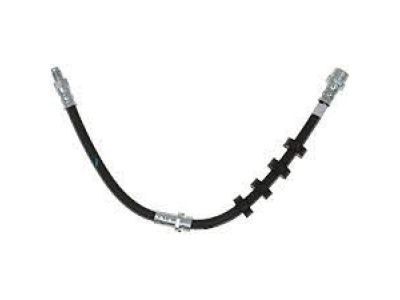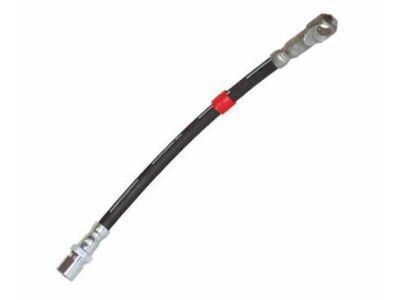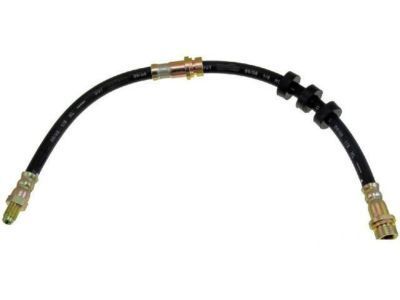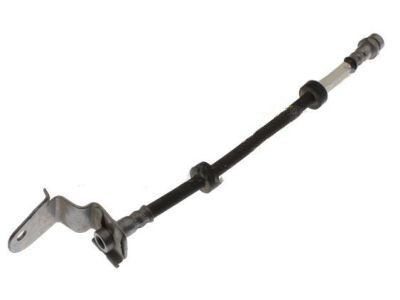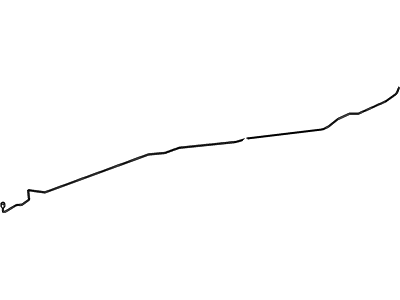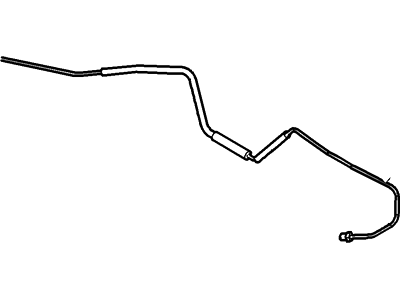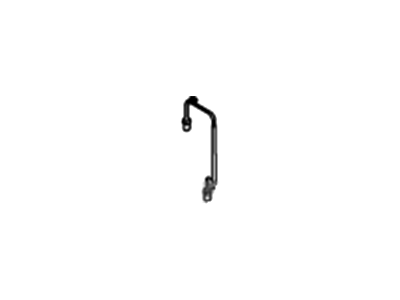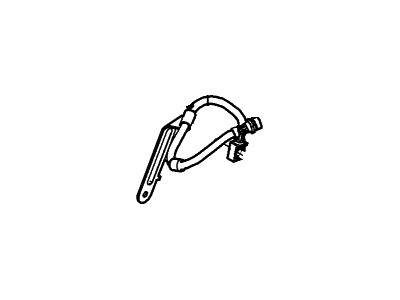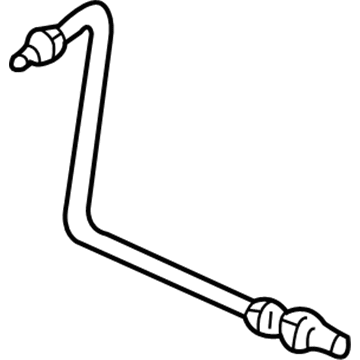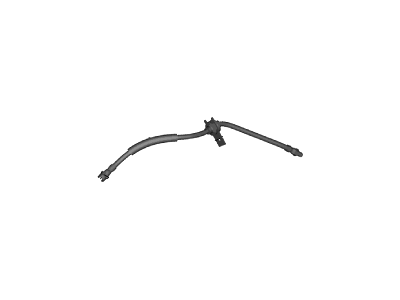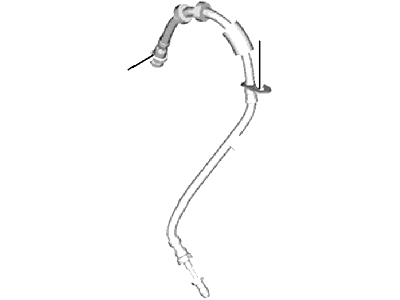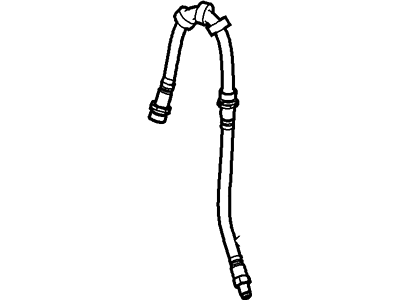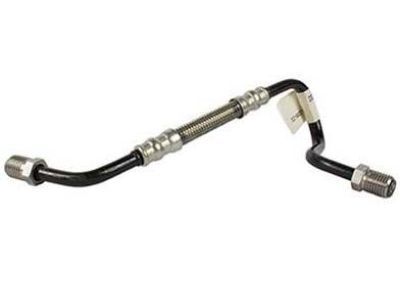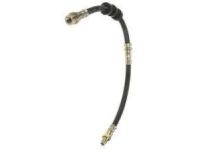×
- Live Chat
- 1-888-788-9341


My Garage
My Account
Cart
Genuine Ford Escape Brake Line
Brake Hose- Select Vehicle by Model
- Select Vehicle by VIN
Select Vehicle by Model
orMake
Model
Year
Select Vehicle by VIN
For the most accurate results, select vehicle by your VIN (Vehicle Identification Number).
112 Brake Lines found
Ford Escape Brake Hose Assembly
Part Number: BL8Z-2078-A$35.91 MSRP: $57.27You Save: $21.36 (38%)Ships in 1 Business DayFord Escape Brake Hose Assembly
Part Number: EJ7Z-2078-A$22.69 MSRP: $36.18You Save: $13.49 (38%)Ships in 1-2 Business DaysFord Escape Front Hose
Part Number: 7L8Z-2078-B$20.06 MSRP: $32.00You Save: $11.94 (38%)Ships in 1-2 Business DaysFord Escape Brake Hose Assembly
Part Number: 7L8Z-2078-A$20.06 MSRP: $32.00You Save: $11.94 (38%)Ships in 1-2 Business DaysFord Escape Brake Hydraulic Hose Rear Right
Part Number: 9L8Z-2A442-A$23.60 MSRP: $37.64You Save: $14.04 (38%)Ships in 1-2 Business DaysFord Escape Brake Hose Assembly
Part Number: 9L8Z-2A442-B$25.31 MSRP: $40.36You Save: $15.05 (38%)Ships in 1-2 Business DaysFord Escape Brake Tube Assembly
Part Number: ED8Z-2C326-A$62.70 MSRP: $100.00You Save: $37.30 (38%)Ships in 1-3 Business DaysFord Escape Brake Tube Assembly
Part Number: 8L8Z-2268-C$68.16 MSRP: $135.27You Save: $67.11 (50%)Ships in 1-2 Business DaysFord Escape Brake Tube Assembly
Part Number: 9L8Z-2268-A$68.16 MSRP: $135.27You Save: $67.11 (50%)Ships in 1-2 Business DaysFord Escape Brake Hose Assembly
Part Number: 5L8Z-2282-AA$41.84 MSRP: $66.73You Save: $24.89 (38%)Ships in 1-2 Business DaysFord Escape Brake Hose Assembly
Part Number: 5L8Z-2282-AC$41.84 MSRP: $66.73You Save: $24.89 (38%)Ships in 1-2 Business DaysFord Escape Brake Hose Assembly
Part Number: 7L8Z-2282-C$20.18 MSRP: $32.18You Save: $12.00 (38%)Ships in 1-2 Business DaysFord Escape Brake Hose Assembly
Part Number: 7L8Z-2282-D$21.77 MSRP: $34.73You Save: $12.96 (38%)Ships in 1-2 Business DaysFord Escape Brake Hose Assembly
Part Number: CV6Z-2282-A$21.89 MSRP: $34.91You Save: $13.02 (38%)Ships in 1-2 Business DaysFord Escape Brake Hose Assembly
Part Number: CV6Z-2078-B$27.02 MSRP: $43.09You Save: $16.07 (38%)Ships in 1-2 Business DaysFord Escape Brake Hose Assembly
Part Number: 8L8Z-2078-B$35.91 MSRP: $57.27You Save: $21.36 (38%)Ships in 1 Business Day
| Page 1 of 6 |Next >
1-20 of 112 Results
Ford Escape Brake Line
The Ford Escape Brake Line is a component that contains brake fluid from the master cylinder to the brake calipers so that the hydraulic brake system will work. The metal brake lines are easily corroded and vulnerable to impact hence leading to loss of brake fluid and reduction in pressure. Brake hoses are also subjected to physical and internal abrasion and can also compromise the brake reliability. If replacement is required, Easybouge pre-bent brake line kits & corrosion resistant stainless steel hoses are offered for replacement. Swapping the factory hoses with braided stainless steel ones can be of a valuable advantage in terms of pedal feel and sensitivity, particularly, in extreme handling conditions.
We provide a wide range of Ford Escape Brake Line at the best prices possible. If you need Ford Escape Brake Line, you can shop with confidence on our website. All our OEM parts come with a manufacturer's warranty and are delivered to your door step with a fast delivery service.
Ford Escape Brake Line Parts Questions & Experts Answers
- Q: How to inspect and replace brake hoses and brake lines on Ford Escape?A: About every six months, inspect the flexible hoses that connect the steel brake lines with the front and rear brake assemblies for cracks, chafing, leaks, blisters, and other damage. Use a light and mirror for a thorough check. If any of the hoses exhibit these defects, replace them with new ones. Clean dirt away from the ends of the hose. To disconnect a brake hose from the brake line, unscrew the metal tube nut with a flare nut wrench, remove the U-clip from the female fitting at the bracket, and remove the hose from the bracket. Disconnect the hose from the caliper, discarding the sealing washers on either side of the fitting. Attach the new brake hose to the caliper or wheel cylinder using new sealing washers. To reattach a brake hose to the metal line, insert the end of the hose through the frame bracket, ensuring it isn't twisted, and attach the metal line by tightening the tube nut fitting securely. Install the U-clip at the frame bracket. Carefully check for contact between the hose and suspension or steering components. Have an assistant push down on the vehicle and turn the steering wheel lock to lock during inspection. Bleed the brake system. When replacing brake lines, use the correct parts and avoid using copper tubing. Purchase steel brake lines from a dealer parts department or auto parts store. Prefabricated brake lines with flared tube ends and fittings installed are available and can be bent to the proper shapes using a tubing bender. Ensure the new line is well supported in the brackets and has sufficient clearance from moving or hot components. After installation, check the master cylinder fluid level and add fluid as necessary. Bleed the brake system and test the brakes carefully before normal operation.
Related Ford Escape Parts
Browse by Year
2023 Brake Line 2022 Brake Line 2021 Brake Line 2020 Brake Line 2019 Brake Line 2018 Brake Line 2017 Brake Line 2016 Brake Line 2015 Brake Line 2014 Brake Line 2013 Brake Line 2012 Brake Line 2011 Brake Line 2010 Brake Line 2009 Brake Line 2008 Brake Line 2007 Brake Line 2006 Brake Line 2005 Brake Line 2004 Brake Line 2003 Brake Line 2002 Brake Line 2001 Brake Line
